Why Prince Harry's wife will not be called Princess Meghan
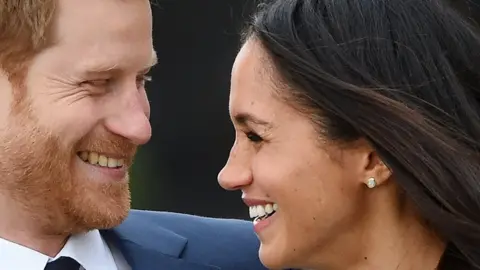 EPA
EPAWhy won't Meghan Markle be known as Princess Meghan when she ties the knot with Prince Harry next year?
The brutal answer is that, by the standards of British royal protocol, the former Hollywood star lacks "royal blood".
That means that she cannot call herself Princess Meghan.
The arcane rules mean that Meghan will be compelled to follow the example of her future sister-in-law.
When Catherine Middleton and Prince William were pronounced "man and wife" in 2011, she automatically became Her Royal Highness, Princess William of Wales. The overwhelming likelihood is that the new royal fiancee will in turn officially become HRH Princess Henry of Wales. So we can forget about Princess Kate and we can forget about Princess Meg.
The reason for this is simple: Catherine Middleton was not of royal blood, and what applies to her will also apply in the case of Meghan Markle.
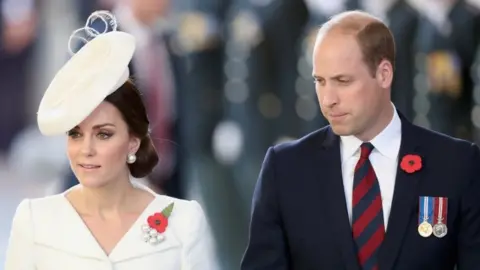 Getty Images
Getty Images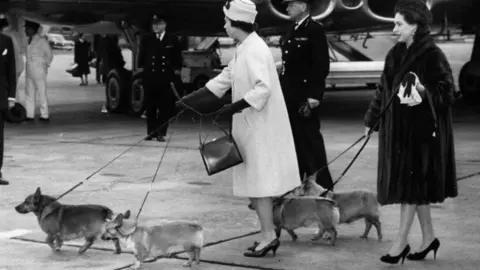 PA
PARoyal blood meant that the Queen's late sister Margaret was entitled to call herself Princess Margaret. Likewise the Queen's daughter is Princess Anne and her granddaughters are Princess Beatrice and Princess Eugenie.
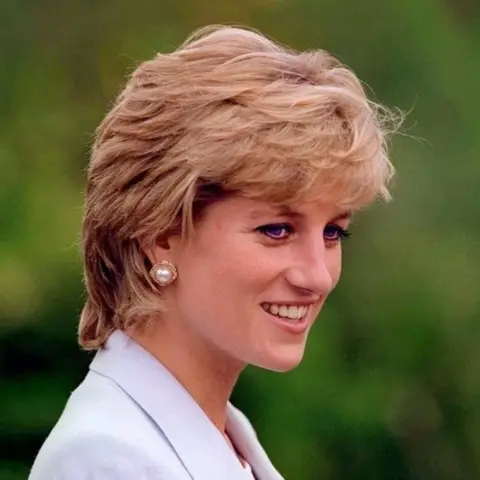
Royal blood made them princesses in their own right.
But Sarah Ferguson was never Princess Sarah and Sophie Rhys-Jones - the wife of Prince Edward - is not Princess Sophie.
The rules also meant - to the consternation of many - that Lady Diana Spencer was never officially Princess Diana. She was the Princess of Wales and, after her divorce from Prince Charles, she was Diana, Princess of Wales.
As the BBC's Nicholas Witchell explained at the time of William and Kate's engagement in 2011, the Royal Family has not flourished for 1,000 years or so without finding a solution to this somewhat baffling and arguably meaningless issue of what people should be called.
From the point of view of Buckingham Palace, handy titles or "handles" are required for the members of the family who occupy prestigious but somewhat peripheral roles to the main business of monarchy.
The Queen's first cousins are, respectively, the Dukes of Gloucester and Kent, and when her disgraced uncle abandoned the throne to marry an American divorcee in 1936, he became the Duke of Windsor.
Such ducal titles are frequently bestowed upon marriage, our correspondent reported, precisely because they give the new entrant to the family a grand-sounding title without making them princesses or princes in their own right.
So when Prince Andrew married Sarah Ferguson in 1986, the Queen made him Duke of York, thus she became the Duchess of York - a title she continues to hold despite her divorce.
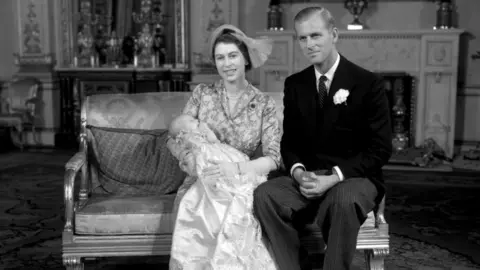 PA
PASimilarly, when Prince Edward married Sophie Rhys-Jones, he became the Earl of Wessex and his new wife the Countess of Wessex.
It could be that the Queen makes the same kind of move in the cases of Kate and Meghan, and dusts off a long-defunct royal dukedom - Sussex (the favourite for Harry and Meghan), Albany and Clarence are among the vacant ones.
But as with many things connected to British royal protocol, there is always an exception to the rule - the Queen's husband Philip married into the royal family, and yet he is a prince.
When he married the then Princess Elizabeth in 1947, the then British King, George VI, created him "Duke of Edinburgh".
Although he was a prince in some European countries prior to marrying the Queen, in Britain he officially became Prince Philip in February 1957 when the Queen "accorded him the style and title of a Prince of the United Kingdom".
She could also make both Kate and Meghan princesses in their own right - but such are the rigid traditions surrounding this issue that Britain's first Princess Meghan is likely to be some time away.
